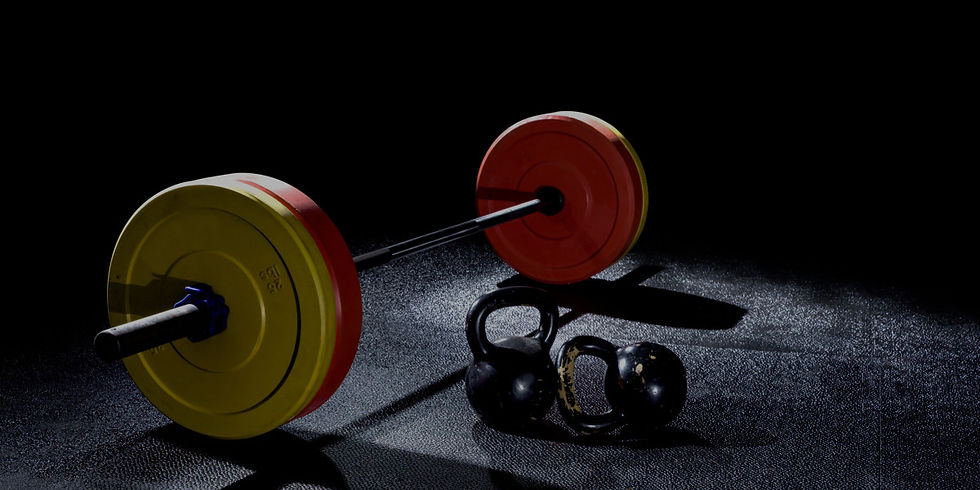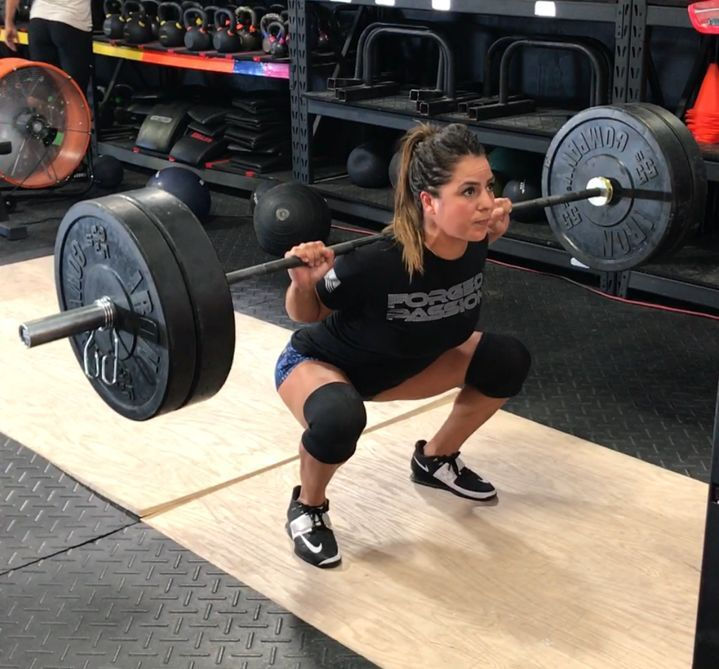Rubber Plates vs Iron Plates
- Zoya
- Jul 7, 2021
- 2 min read

What exactly is the distinction between rubber and iron plates?
You've probably seen contradicting opinions all over the internet mocking people who wear bumper plates (which we strongly oppose) or claiming that iron plates are the sole option... and we're going to dissect it for you.
1. Iron Plates are Comparatively Less Expensive
To begin, the most significant distinction between rubber and iron plates is that iron plates are typically less expensive. Yes, there are a lot of iron plates out there, and some of them can be rather costly, but iron plates are generally less expensive than rubber plates. A 10lb rubber plate and a 10lb iron plate both weigh the same amount and will provide you with the results you desire.
Iron is a great method to get some weight on your garage gym bar if you're on a budget, and no one can blame you for that.
2. Diameters of the Iron and Rubber Plates are Different
The diameter difference between rubber and iron plates is the second distinction. The diameter of the rubber bumper plates is the same across all weights, however, the diameter of iron plates varies. Rubber plates are designed to fit on the bar and hold the bar at the right height for a deadlift or beginning position for an Olympic lift, as well as a snatch and clean and jerk. Because iron plates are employed so infrequently in those movements, their width varies.
3. Width and Density of Weight Plates
The third difference between iron and rubber plates is that iron plates are denser and thinner on the bar, which is why powerlifters who lift tremendous weights prefer them. Because rubber plates are comprised of rubber, they tend to sit wider on the bar because their density comes from their width.
4. When in Use and When Dropped, Rubber is Much Quieter
The fourth difference between rubber and iron plates is that rubber plates are significantly quieter on the bar, which is important if you're lifting in a garage gym (or even a commercial gym) because you won't hear the iron clatter. You could enjoy that sound as much as PK does, but we're guessing your family, your next-door neighbors, or perhaps your neighbors down the street don't.
5. Rubber is Made to be Thrown Around
The fifth distinction between rubber and iron plates is that rubber is designed to be dropped, but iron is not. It's never a good idea to drop iron weights on a concrete floor, a drop pod, or any rubber on the floor because it can harm the floor, the bar, or even the weights themselves. The last thing you want is for your valuable metal plates to fracture.
6. Rubber Can Accomplish Everything That Iron can, But it Can Do it Better
The sixth and final distinction between rubber and iron plates is that rubber plates can do all of the functions that iron plates can, but iron plates cannot perform all of the functions that rubber plates can. If you have the funds and space in your garage or commercial gym for rubber bumper plates, we strongly advise and encourage you to do so. With a rubber plate, you get all of the advantages of weight plates, plus a little more.






Comments